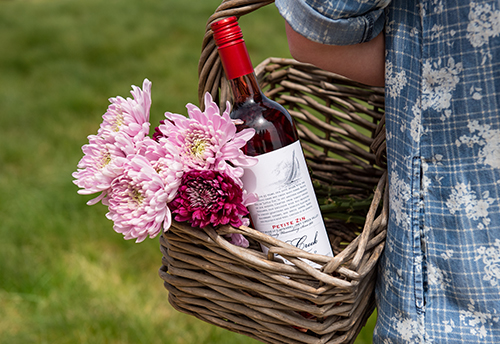Spring is here, which means it’s time to “rosé all day” and enjoy a cool, refreshing drink of pink. But how does the wine acquire its famous shade? Put on your rosé-colored glasses and read on to learn about the four ways to make rosé.
Direct Press:
In this case, the red grapes are pressed right away, just as white wine grapes would be. For the lightest hue of pink, it is imperative that the grape juice only has an extremely short period of contact with the skins. The juice will still have retained a little color from the pigment in the skins, but not nearly as much as the other methods below.
Limited Skin Maceration:
While the name may not sound pretty, this style of winemaking produces a range of beautiful shades of pink. Since color is held in the grape’s skins, the grapes are crushed and remain in contact with the juice for anywhere from six to 48 hours, which is called maceration. The longer the maceration, the darker and more intensely flavored the rosé. The juice is then separated from the skins and fermented. The 93% of Zinfandel in our 2017 Petite Zin Rosé was made in this style with 2-3 hours of skin contact, then fermented in stainless steel tanks to retain the crisp, bright acidity.
Saignée Method:
The saigne, or “bleeding” method can produce a rosé or a red wine. Early on in the process of maceration, the winemaker will remove or “bleed” some of the juice from the tank and ferment it as a rosé, while leaving the remaining juice to ferment as a red wine. This style will typically have a deeper color and more intense flavor profile. The 7% of Petite Sirah in our 2017 Petite Zin Rosé is made in this style to add complexity and a gorgeous color to the final blend.
Blending:
We all learned in elementary school that white + red = pink, and the same result applies when white and red wines are blended. It doesn’t take much red wine to give a white wine a pinkish hue, so this style of rosé usually only has about 5% of red wine added. This type of rosé is fairly uncommon, except for in sparkling wine production when you see sparkling rosés consisting of Chardonnay and Pinot Noir.
Now that you know about the four very different styles, you can rosé all day!


